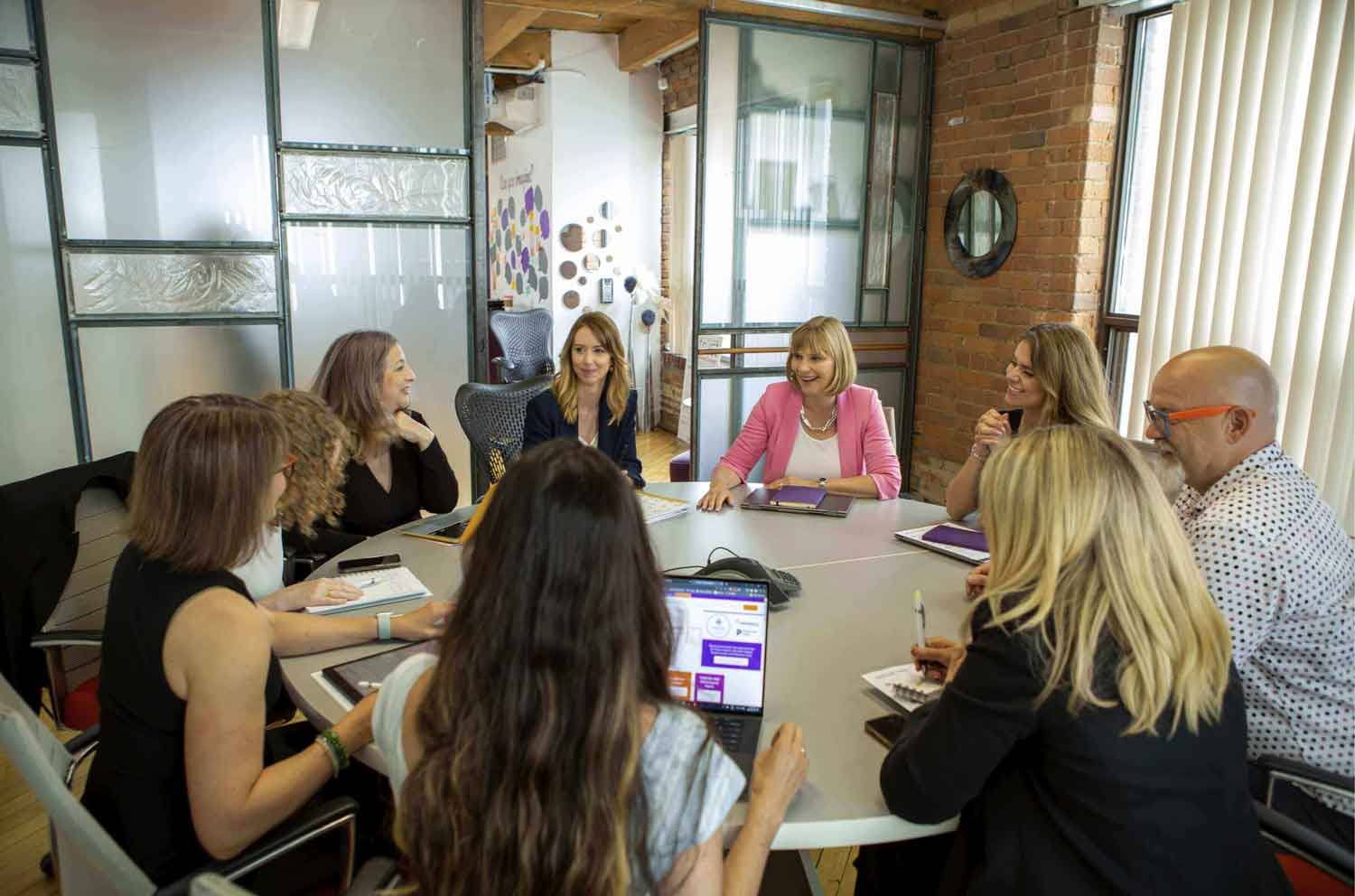In our latest 2022 L&D Trends report, we noted that in the year (and years) ahead, we will see more attention paid to neurodiversity in the workplace. In the last month alone, reports and articles on neurodiversity in the workplace have popped up in The HR Director, The Guardian, Time Magazine, Deloitte, and countless other publications. Big four firm EY has just announced its first UK Neuro-Diverse Centre of Excellence (NCoE).
In short, it’s a DEI topic that should definitely be on the radar of every L&D and training professional.
From autism to ADHD to dyslexia, neurodiversity is probably the least-discussed aspect of DEI initiatives as it is considered “invisible.” Yet, a notable percentage of the population — estimates vary from 10% to 20% — are neurodivergent, meaning that their brains learn and process information differently. Many people with these disorders have higher-than-average abilities. And, according to Harvard Business Review “research shows that some conditions, including autism and dyslexia, can bestow special skills in pattern recognition, memory, or mathematics.”
Approximately 1% of the general population is on the autism spectrum and 10% are dyslexic, however it’s estimated that 80% of autistic adults and 28% of people with dyslexia, respectively, are long-term unemployed.
While we’ve seen a welcome rise in DEI initiatives to help organizations reflect more racial and gender heterogeneity in organizations, neurodiversity remains hidden. Especially as the talent war heats up, (The Big Quit, anyone?) organizations cannot afford to exclude 20% of the workforce.
MITSloan reports that neurodiverse people “function differently when it comes to social interactions, communication, executive attention, working memory, language learning, and sensory processing. Some also suffer from anxiety and depression.” It’s little wonder why those with neurodiversity often don’t fit an organization’s hiring profile and may be passed over for senior leader roles.
Yet, the benefits of a neurodiverse workplace are without doubt. Neurodiverse people are wired differently from “neurotypical” people and often bring new perspectives to a company’s efforts to create or recognize value.
Forward-looking large enterprise organizations like Deloitte, EY and SAP are all rolling out programs to promote and foster neurodiverse employee development – and it’s paying off in terms of productivity gains, quality improvement, boosts in innovative capabilities, and broad increases in employee engagement.
So what can HR and L&D pros do to foster a more inclusive workplace?
Review Hiring Criteria
The traits and behaviors of many neurodiverse people can run counter to common notions of a “good hire” —solid communication skills, being a team player, persuasiveness, networking abilities, and so on. Often neurodiverse people are systematically screened out of the hiring process.
Develop Empathetic Leaders
Empathy is a long-recognized goal for C-level executives. When leaders are self-aware and able to show their vulnerabilities, they are able to demonstrate authentic leadership, which is a prerequisite to recognize, nurture and empower neurodiverse talent. When leaders and managers are more empathetic they can better have conversations to learn about an employee’s unique needs to support them.
Roll Out Mentoring Programs
We all carry a bias that other people think the same way we do, but this can be harmful to ourselves and others. Mentoring programs help your talent develop their leadership skills and also raises the profile of talent that might not be on a mentor’s radar
Build Psychological Safety
Many neurodiverse people don’t “come out” to their managers or ask for accommodations as they are afraid of being labelled or stigmatized. If an organization can normalize conversations around different needs and ways of learning, they can create spaces that are truly welcoming, and make it safe for employees to open up about their needs.
If you’re curious about how The Roundtable can help your organization develop a culture where leaders can support each other through coaching and mentoring, let’s start a conversation. And, be sure to download our 2022 L&D Trends Report for more insights into the issues affecting L&D professionals in the year ahead.




